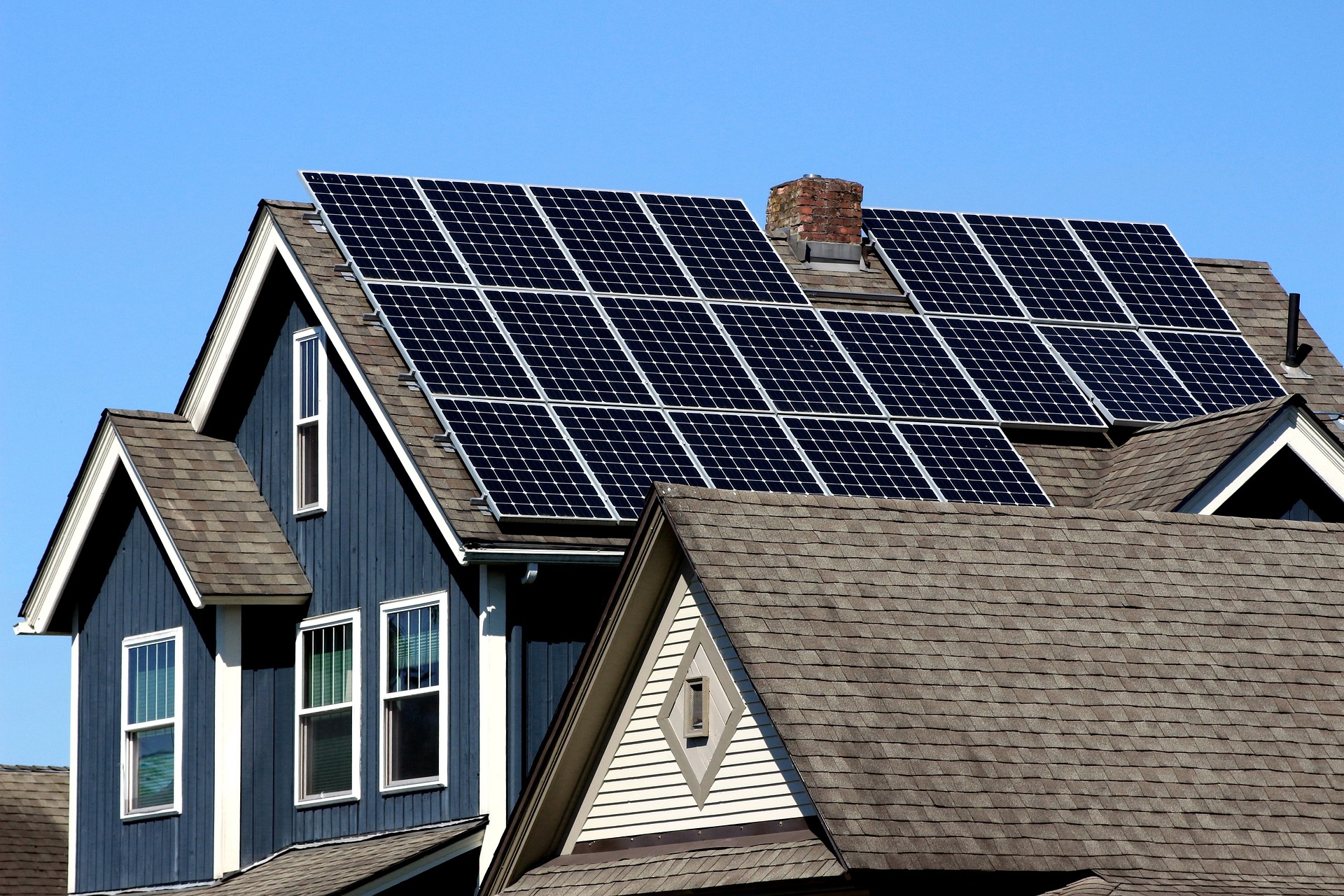The Evolution of Modern Living: Understanding Prefabricated Homes
Prefabricated homes represent a revolutionary approach to housing construction, combining efficiency, sustainability, and modern design. These innovative structures are manufactured off-site in controlled factory environments before being assembled at their final location, offering homeowners a faster, more predictable building process and often superior quality control compared to traditional construction methods.
Modern Prefab Home Styles and Designs
Today’s prefab homes range from compact bungalow designs to expansive modern residences. Contemporary prefab architecture often features open floor plans, large windows, and seamless indoor-outdoor living spaces. Many manufacturers offer customizable options, allowing homeowners to select finishes, layouts, and architectural details that match their personal style while maintaining the efficiency of prefab construction.
Sustainability Features and Solar Integration
One of the most compelling aspects of prefab homes is their potential for environmental sustainability. Many manufacturers incorporate solar panels, energy-efficient appliances, and sustainable materials as standard features. The controlled manufacturing process also results in significantly less construction waste compared to traditional building methods. Advanced insulation techniques and solar-ready designs make these homes increasingly energy-independent and environmentally friendly.
Time and Cost Considerations
The construction timeline for prefab homes typically ranges from 3-6 months, significantly shorter than conventional building methods. However, costs can vary widely based on design choices, location, and specifications.
| Home Type | Average Size (sq ft) | Estimated Base Cost | Timeline |
|---|---|---|---|
| Basic Bungalow | 800-1,200 | $120,000-180,000 | 3-4 months |
| Mid-Size Modern | 1,500-2,500 | $200,000-350,000 | 4-5 months |
| Luxury Prefab | 2,500+ | $350,000-800,000 | 5-6 months |
Prices, rates, or cost estimates mentioned in this article are based on the latest available information but may change over time. Independent research is advised before making financial decisions.
Benefits and Considerations for Homebuyers
Prefab homes offer several advantages, including predictable construction timelines, quality control, and often lower overall costs. However, potential buyers should consider factors such as land acquisition, site preparation, and local building codes. The initial planning phase is crucial, as changes become more difficult once manufacturing begins. Understanding these aspects helps ensure a successful prefab home project that meets both practical needs and aesthetic preferences.
The prefabricated housing industry continues to evolve, offering increasingly sophisticated and sustainable solutions for modern living. With advances in technology and growing environmental awareness, these homes represent not just a housing option but a forward-thinking approach to residential construction that balances efficiency, sustainability, and design.







